
The Summit Pumori Jacket is the top-end shell in The North Face range for winter climbing and mountaineering. With a chunky Gore-Tex Pro fabric and a set of features aimed very much at climbers, this is a capable jacket. But then at £720, it would really have to be. We aim to determine if the investment pays off, by testing it in one of the toughest applications a shell can face - Scottish winter mountains.
It has done a stellar job protecting me from rain, wind, spindrift and sideways hail, all whilst still breathing well and not getting too clammy on the move
What's it For?
This is a jacket with winter climbing, ice climbing, alpinism, and mountaineering as its main focus. You certainly can use it for other activities such as winter hill walking - and we have - but if you're only ever going to use it for walking then this jacket may be overkill; some features, such as its roomy helmet-compatible hood and lack of handwarmer pockets, point to this being a jacket that does not have hillwalking as its top priority. But whatever you're doing in it, when stormy conditions roll in you'll be happy to have this protective shell to hand.
Fabric
The North Face use a 70 denier 3-layer Gore-Tex Pro nylon fabric in the construction. I've walked in torrential downpours, gale force winds and sideways hail over this winter season, and it's been (almost) a pleasure to be doing so with the shelter-like weatherproofing of the Pumori. It's easy to design a shell that's comfy in cold-and-dry conditions, but rather harder to build a jacket that goes on performing well in the sort of high humidity we tend to enjoy in the UK. With its balance of weatherproofness and breathability, Gore Pro is hard to beat. As well as keeping you protected from the wind and rain, it does a great job in terms of breathability, which is particularly beneficial in Scotland where you'll often start your day in warm and wet conditions, and perhaps continue in much the same vein.
As standard for any jacket of this kind, it is seam-sealed and finished with a DWR on the exterior which helps to bead moisture so it will run off you more readily and allow the fabric to carry on breathing to the best of its ability. Modern DWR finishes don't last forever, and need periodic washing and reproofing to maintain performance. That said, while some new Gore-Tex fabrics wet out comparatively readily, Gore Pro holds up better.
In terms of toughness the fabric certainly feels burly, and has added durability with its ripstop backer to protect against any tears propagating. There are some top-of-the-range Pro shells out there that I'd say outperform the Pumori on all-out toughness, with the Arc'teryx Alpha SV (100D) and Mountain Equipment's Changabang (80D) both feeling that bit more armour-like. However I don't want to do this jacket any disservice, because it still feels bombproof, especially for its reasonable weight.
With a price tag north of £700 you'd be forgiven for feeling a bit precious about it, but from our use so far we'd say it's a solid contender for weathering the abuse of many Scottish winter grovels, where you don't want to be worrying about rough conditions or any abrasion from squirming in cracks and chimneys.
Weight
The 142 g/m² fabric means this isn't your fast, light and flimsy jacket, and that is very definitely not its remit. Coming in at 494g (Medium) on the home scales, it's broadly comparable to close competitors. It is also a relatively bulky jacket, both in the bag and when worn, again indicative of the protection and durability that it provides. You will want it to last, and a tough hardshell is one piece of equipment for which trimming weight isn't likely to be the primary focus.
Still, The North Face have managed to make some decent weight savings such as in the small but tough seams designed to reduce bulk and weight, as well as cutting down on features that are unnecessary outside of a mountaineering scenario, such as handwarmer pockets.
Fit
A female version of the jacket is also on offer, and since this isn't always the case for top-of-the-range mountaineering clothing, that's a positive mark in its favour. The Pumori comes in The North Face 'Standard Fit', which allows for layering and insulation underneath the jacket. I opted for my usual size Medium, and on my slim build find the fit sufficiently generous without being excessive or boxy, which can often be the case on me with a winter shell. I don't think that is to say this is a particularly slim jacket, just that it is not as oversized as some I have used in the past.
The long length in the body with a dropped back hem provides good bum coverage, and there is minimal hem lift when the arms are raised due to the shaped articulated underarm design. This means no exposed areas during climbing, and the jacket stays tucked under a harness. The sleeves are long enough that they won't pull over and off gloves when reaching with tools. If I had one complaint though, it is that the cuffs could be a bit wider to fit more readily over chunky gloves before cinching them shut.
Hood
The hood is very spacious and it has no problem accommodating my helmet underneath it - in fact there's room to spare (which you can take in with the read adjuster). Without a helmet, the hood sits well by cinching the front and back ties to reduce the volume and this is easy to operate whilst wearing thick gloves. If I'm being picky I'd like the hood to just sit a little tighter in at the side of my head, but this isn't a massive deal. When the weather has really set in or the spindrift has been tumbling down, the hood has provided good shelter-like protection from the elements without impacting vision. The brim of the hood is aided in tension when the front drawcords are drawn in, helping the hood sit tight and secure when you need it most, and directing rain away from your face or inside the collar. When moving with or without a helmet on, the hood allows for a full range of movement with only the slightest bit of restriction.
All in all, it's a great hood whether you're climbing or walking.
Features
The jacket is equipped with four pockets in total. Two in the chest are just big enough to fit a map and other bulkier items, and sit comfortably above your harness for access whilst climbing. The two internal open mesh pockets are large enough to easily house spare gloves. All external pocket zippers are designed to be water-resistant and hoodless to eliminate weight and bulk from extra housing or stitching and so far I have not experienced any leakage through these.
Underneath the arms, the pit zips are adequately sized to dump heat whilst on the go, but although I wouldn't necessarily want them larger, others may find them a tad small. The main zip is two-way to allow for access to your harness if wearing the jacket over the top, although so far I haven't used the jacket like this and I think it's fairly rare to do that with a shell. Underneath this zip is a small storm flap that tapers out towards the chin for added comfort. On the inside of this at the chin is a brushed-tricot chin guard and collar lining with some perforations to still allow for breathability; this is a really nice touch and gives a bit of added comfort in a key area.
All zipper pull tags are easy to locate and easy to use with large gloves, which is nice, as are the hem drawcords.
Eco Credentials
The main fabric is made from 100% recycled nylon; no information is given on the environmental credentials of the DWR on the product page.
Summary
After a season of use which has varied from pleasant days walking in the hills to harsh stormy conditions and squeezing up some Scottish chimneys, I can say that I really like The North Face Pumori. It has done a stellar job protecting me from the rain, wind, spindrift and sideways hail, all whilst still breathing well and not getting too clammy on the move. The fit is great on me, providing plenty of length in the body, and an excellent cut that allows for freedom of movement when my arms are raised. The toughness of the fabric is reassuring, although there are some tougher feeling jackets out there that could be better suited to those looking to really get stuck into their thrutchy Scottish winter chimneys.
Perhaps the only pause for thought might be the price. To return to a couple of close competitors, the ME Changabang comes in at £625, while the Arc'teryx Alpha SV retails at an eye watering £800. The Pumori splits the difference at £720, putting it within the standard ballpark for a top-end Gore Pro mountain shell; these things just don't come cheap. If you're in the market for something like this then the Pumori is a solid contender, and the choice may ultimately come down to fit.



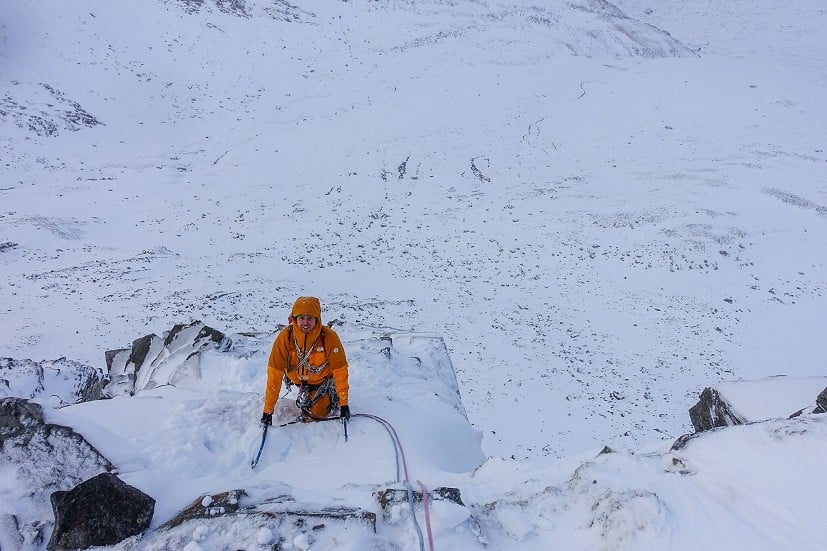
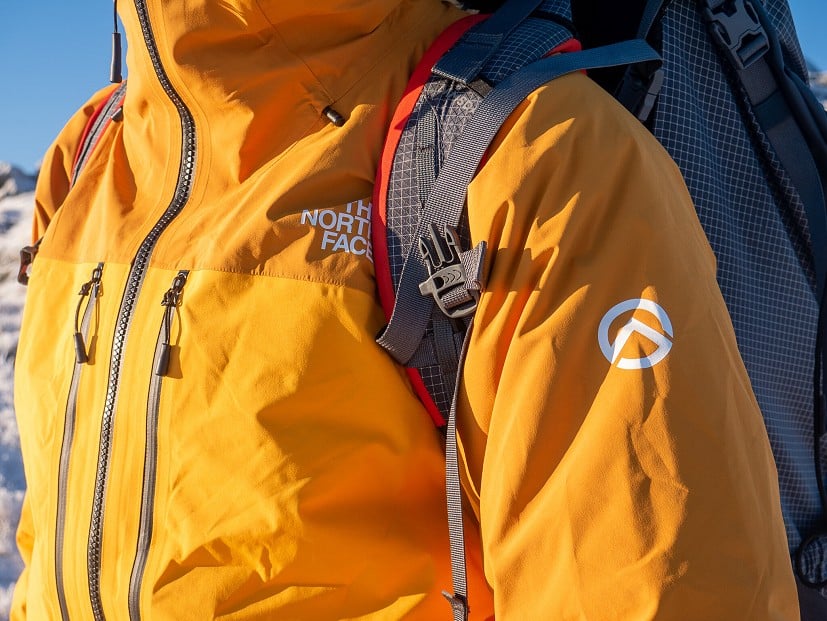
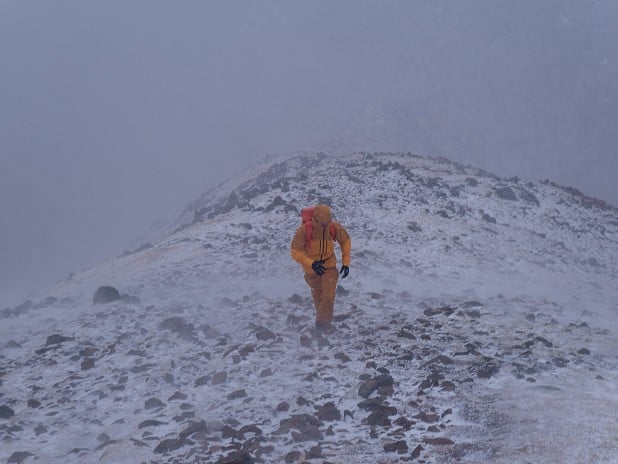
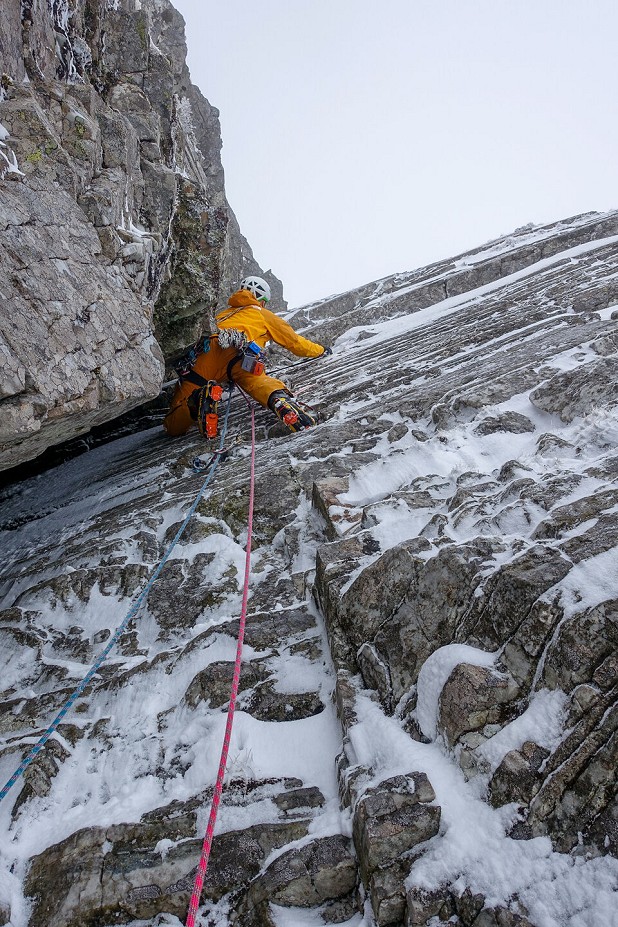
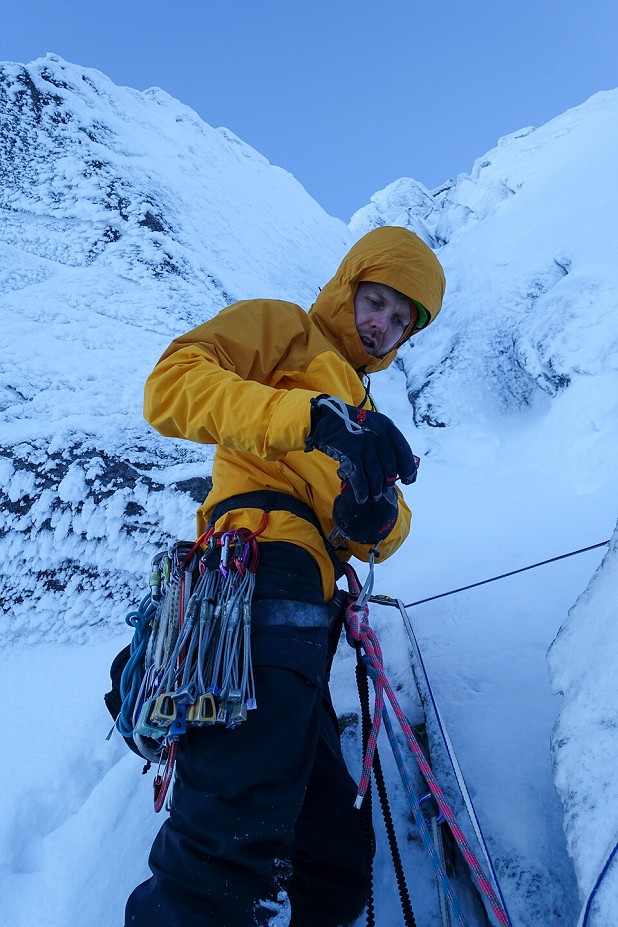
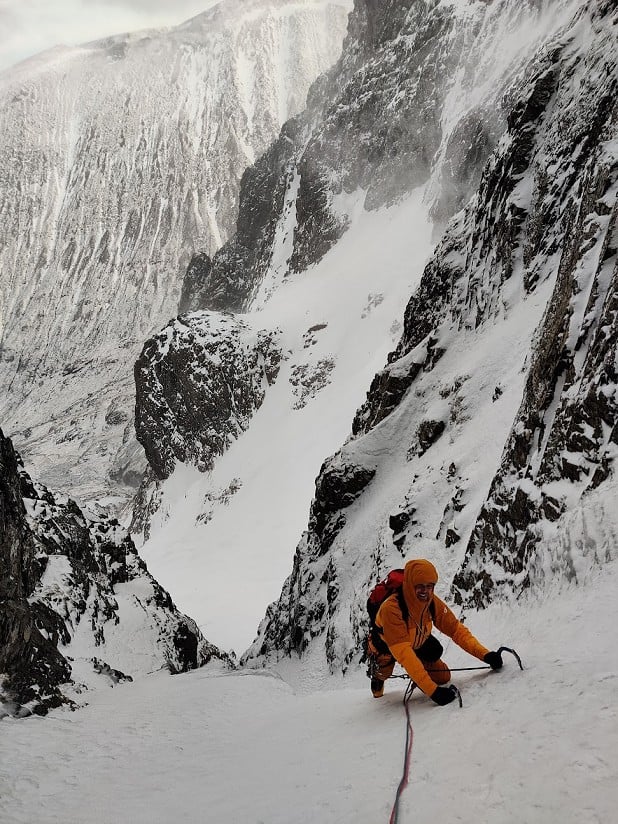

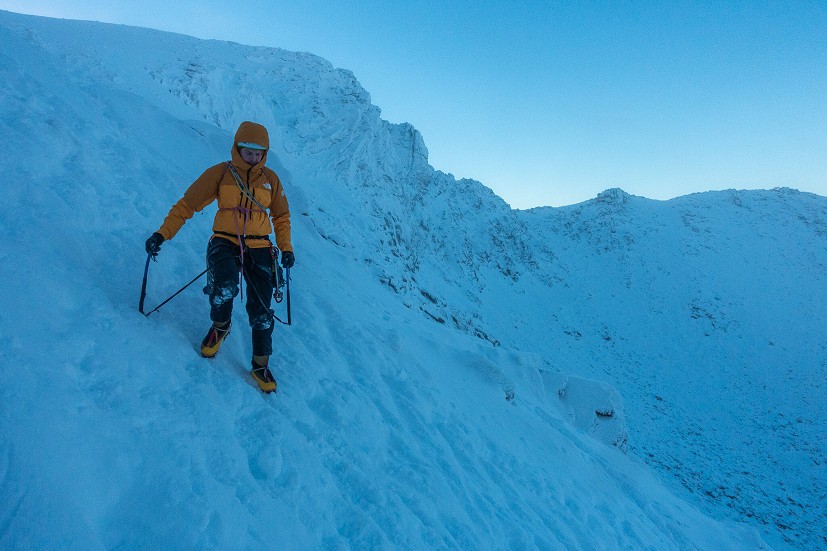
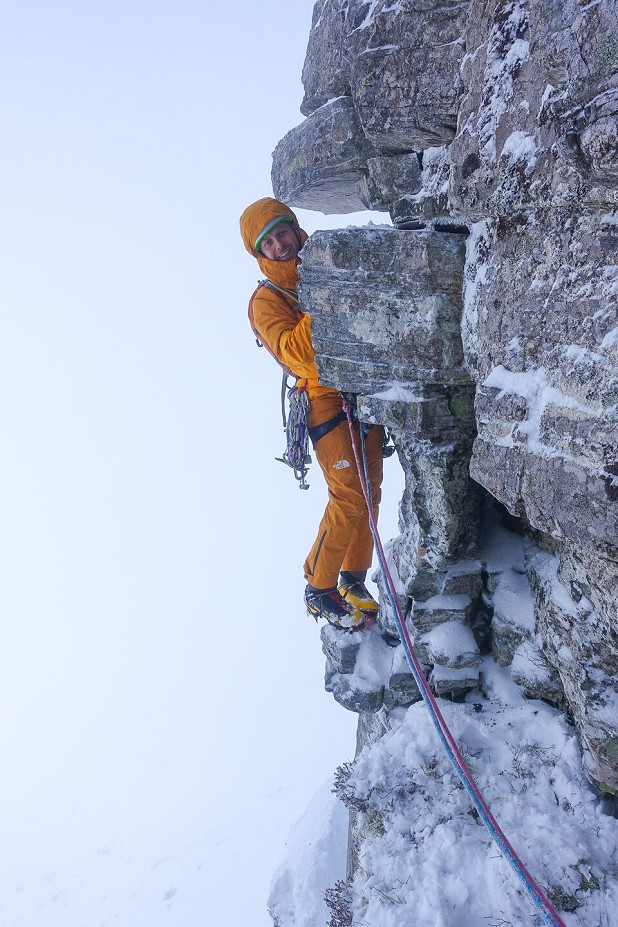
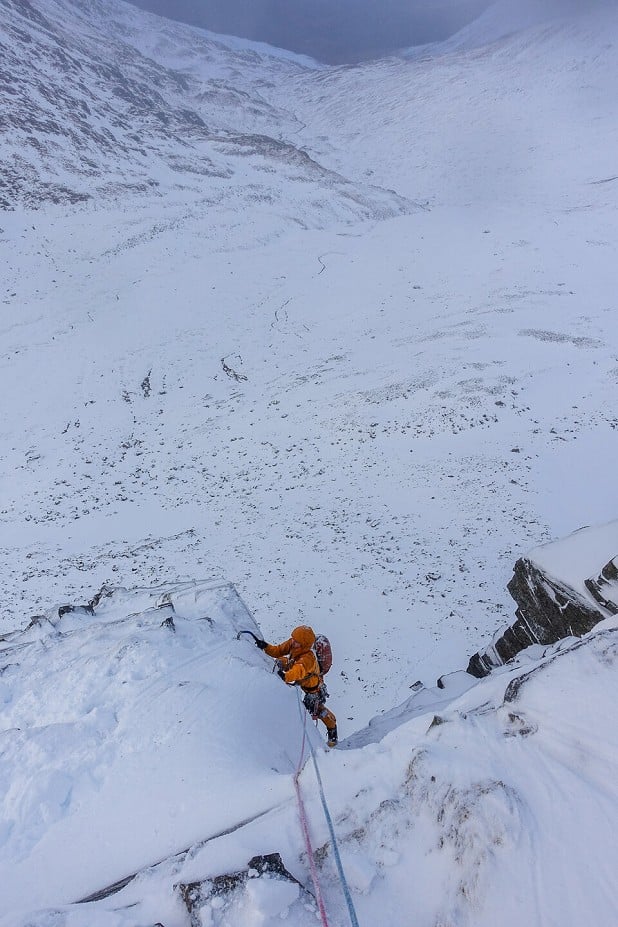
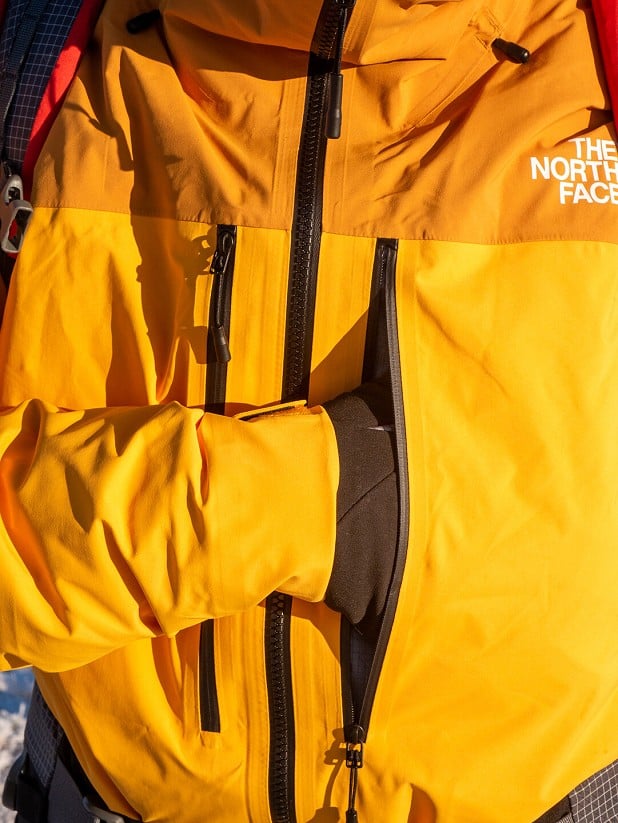
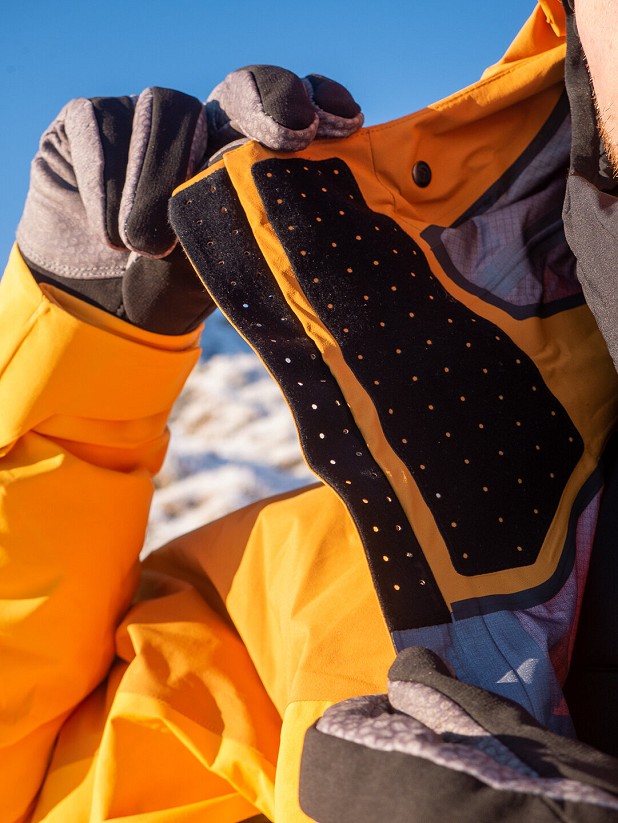
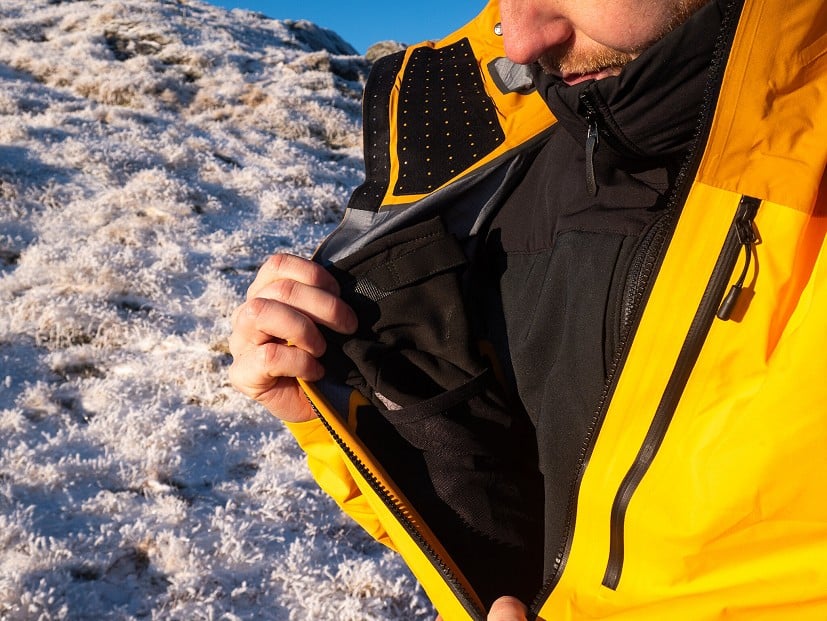
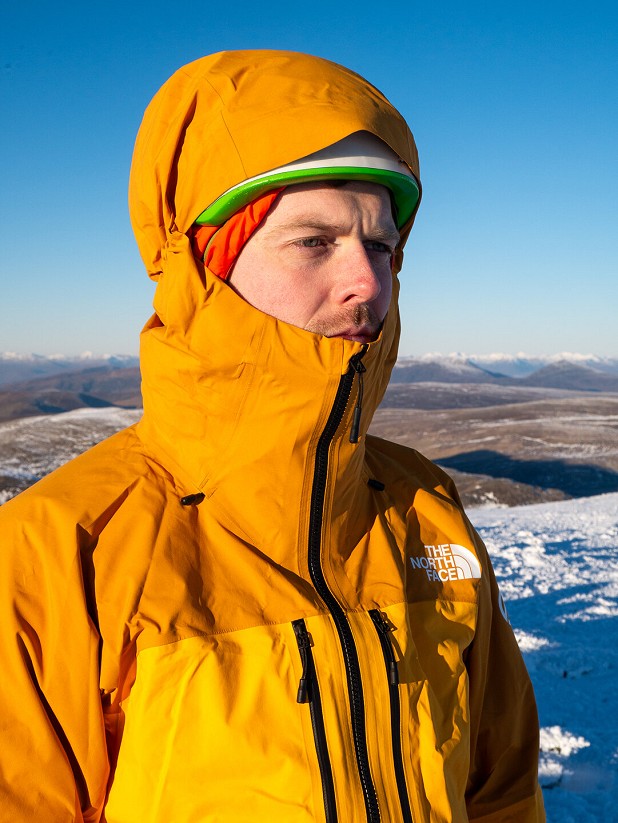
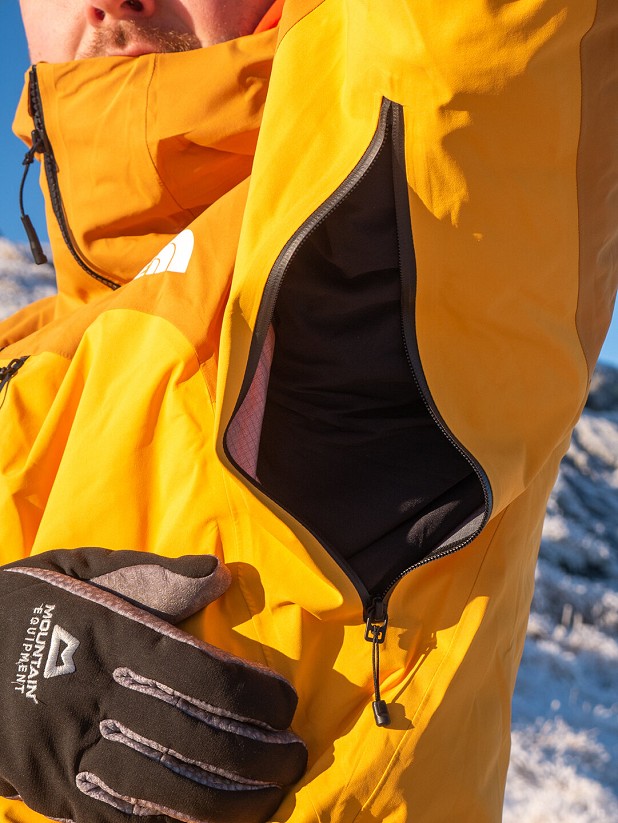





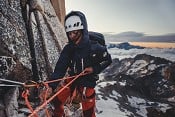













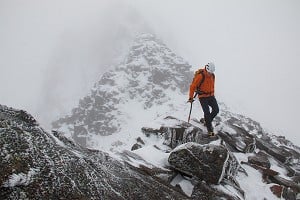



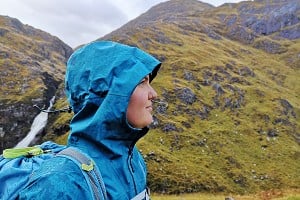




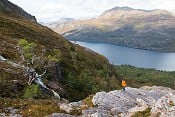










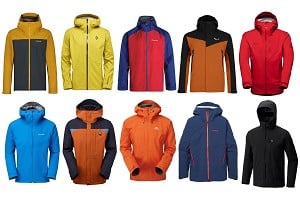
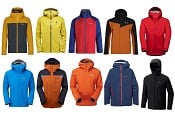
Comments
That price is really taking the piss, it's a GoreTex jacket for god's sake, basically the same as most other top shells. Big whoop.
If you got 5 winters worth of use out of its that's 144 quid per winter 😬
Did you read the whole review? John discusses the price at some length noting its actually halfway between the top of range ME jacket and the top of the range Arcteryx jacket - so definitely expensive, but not the most expensive.
There has clearly been an increase in prices since 2020 when we did this group test https://www.ukclimbing.com/gear/clothing/waterproofs/bombproof_winter_mountain_shells-12364 . Although there are much cheaper options there, already 500 to 525 seemed pretty standard for top of the range Goretex Pro mountain jacket. I've always thought ME seemed to charge a bit less for their jackets than competitors, but if their flagship jacket is now well over 600 quid, I expect many other brands will have a jacket in the 600 - 700 quid range.
The group test came out in late February 2020, just as we were all becoming of aware of this new disease spreading around the world. We've seen lots of inflation since COVID and the war in Ukraine. In the 2020 test the top of the range North Face Summit jacket (which I actually reviewed) was RRP £550. Using the Bank of England inflation calculator that is the same as £665.05 in Jan of this year (most recent date available). So 720 for this jacket is more than just an inflationary increase, although it is interesting to note that TNF after making a massive thing about their new better-than-anything proprietary fabric FUTURELIGHT, and using it in the Summit jacket, have - after 'mixed reviews' - gone back to Goretex Pro for their top jacket here. It maybe that buying you fabric from Gore accounts for the beyond inflation price increase.
I was discussing jacket prices with someone last week. I bought my Tupilak in 18/19 when RRP was £350. Same jacket is now RRP £475, which is a 36% price jump, which seems well above inflation. And my wages definitely haven't gone up 36% in that time.
Boggles my mind that you can pay another 50%+ on top of that for essentially a tough waterproof coat.
It would be great to see an article looking at the increased costs faced by gear manufacturers and how that translates to consumer prices. I generally think most outdoor gear represents good value for money but there are some banner items that seem to attract mad price tags. I'm sure someone mentioned recently on another thread that the new DMM axes were going to cost £700 a pair...
It is an interesting issue - although I imagine most companies wouldn't want to go too deep into their financial situation with manufacturing.
I worked in outdoor shops back in the 90s. Back then the trade price that the shop paid for a product was basically half of what the price was on the shelf. So the shop had to pay VAT, all it's overheads and staff cost and make a profit out half of the cost the consumer paid. Supposedly at least back them this was a very low mark up compared to things like fashion retailing. In that sense outdoor gear (at least from the shop) was actually really good value. If you got 10% off with your club membership card or something, the shop didn't make much profit on the sale. If you found something on sale at 30 or 40 percent off, the shop quite possibly wasn't making any profit at all. Half price and they would be selling at a loss. Is there anyone out there working in shops who can explain if the situation has changed that much in modern times?
I've presumed (until they opened their own shops) that direct to consumer brands like Alpkit could sell so cheaply in comparison to brands sold in shops is that there didn't need to be a shop mark up. I have no idea but potentially do direct to consumer brands make more profit on their products than a brand like TNF or ME selling to shops?